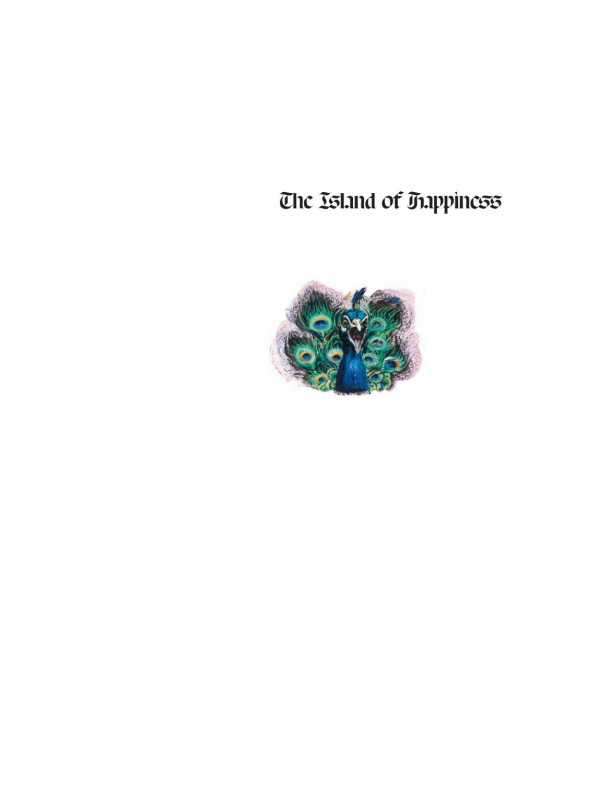

Most ebook files are in PDF format, so you can easily read them using various software such as Foxit Reader or directly on the Google Chrome browser.
Some ebook files are released by publishers in other formats such as .awz, .mobi, .epub, .fb2, etc. You may need to install specific software to read these formats on mobile/PC, such as Calibre.
Please read the tutorial at this link: https://ebookbell.com/faq
We offer FREE conversion to the popular formats you request; however, this may take some time. Therefore, right after payment, please email us, and we will try to provide the service as quickly as possible.
For some exceptional file formats or broken links (if any), please refrain from opening any disputes. Instead, email us first, and we will try to assist within a maximum of 6 hours.
EbookBell Team

4.8
84 reviewsAn enchanting selection of Madame d’Aulnoy’s seventeenth-century French fairy tales, as interpreted by contemporary visual artist Natalie Frank
Marie-Catherine Le Jumel de Barneville (1650–1705), also known as Madame d’Aulnoy, was a pioneer of the French literary fairy tale. Though d’Aulnoy’s work now rarely appears outside of anthologies, her books were notably popular during her lifetime, and she was in fact the author who coined the term “fairy tales” (conte de fées). Presenting eight of d’Aulnoy’s magical stories, The Island of Happiness juxtaposes poetic English translations with a wealth of original, contemporary drawings by Natalie Frank, one of today’s most outstanding visual artists. In this beautiful volume, classic narratives are interpreted and made anew through Frank’s feminist and surreal images.
This feast of words and visuals presents worlds where women exercise their independence and push against rigid social rules. Fidelity and sincerity are valued over jealousy and greed, though not everything ends seamlessly. Selected tales include “Belle-Belle,” where an incompetent king has his kingdom restored to him through an androgynous heroine’s constancy. In “The Green Serpent,” a heroine falls in love with the eponymous snake, is punished by a wicked fairy, and endures trials to prove her worthiness. And in “The White Cat,” a young prince is dazzled by the astonishing powers of a feline. Jack Zipes’s informative introduction offers historical context, and Natalie Frank’s opening essay delves into her aesthetic approaches to d’Aulnoy’s characters.
An inspired integration of art and text, The Island of Happiness is filled with seductive stories of transformation and enchantment.